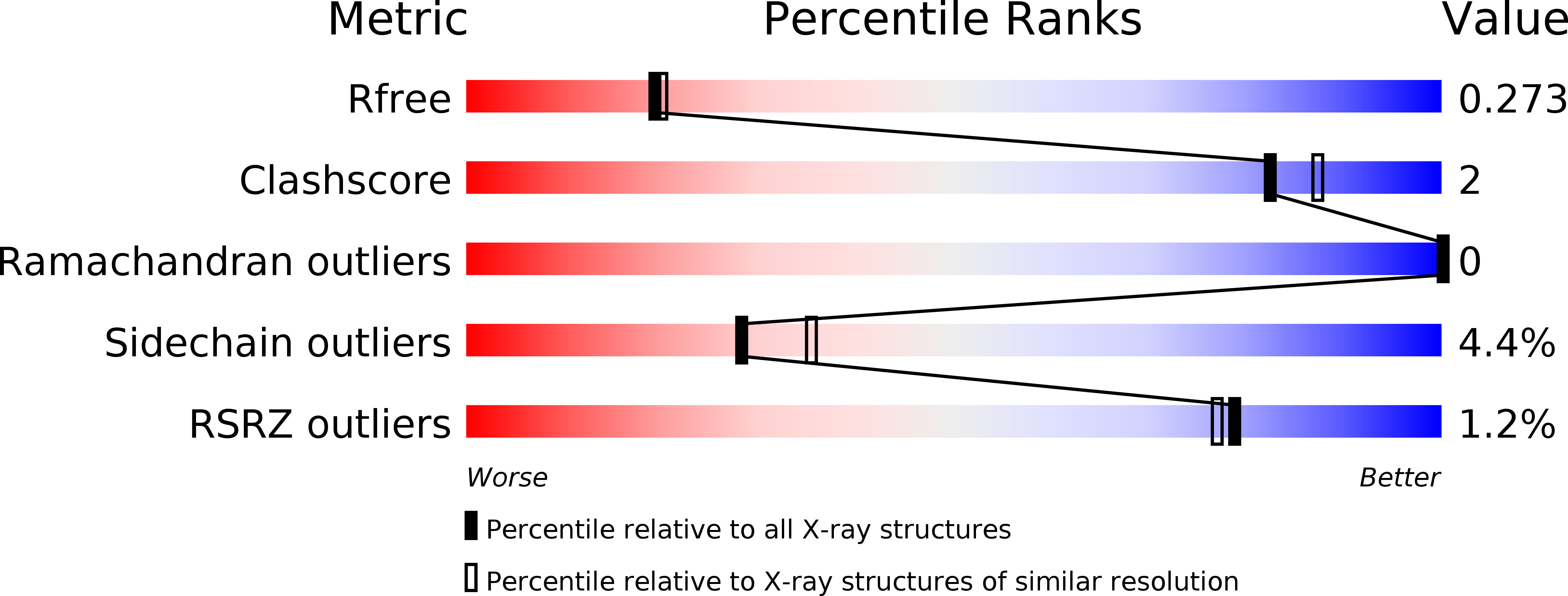
Deposition Date
2013-04-18
Release Date
2013-06-26
Last Version Date
2024-11-06
Entry Detail
PDB ID:
3W9Y
Keywords:
Title:
Crystal structure of the human DLG1 guanylate kinase domain
Biological Source:
Source Organism:
Homo sapiens (Taxon ID: 9606)
Host Organism:
Method Details:
Experimental Method:
Resolution:
2.20 Å
R-Value Free:
0.26
R-Value Work:
0.20
R-Value Observed:
0.21
Space Group:
P 65 2 2


